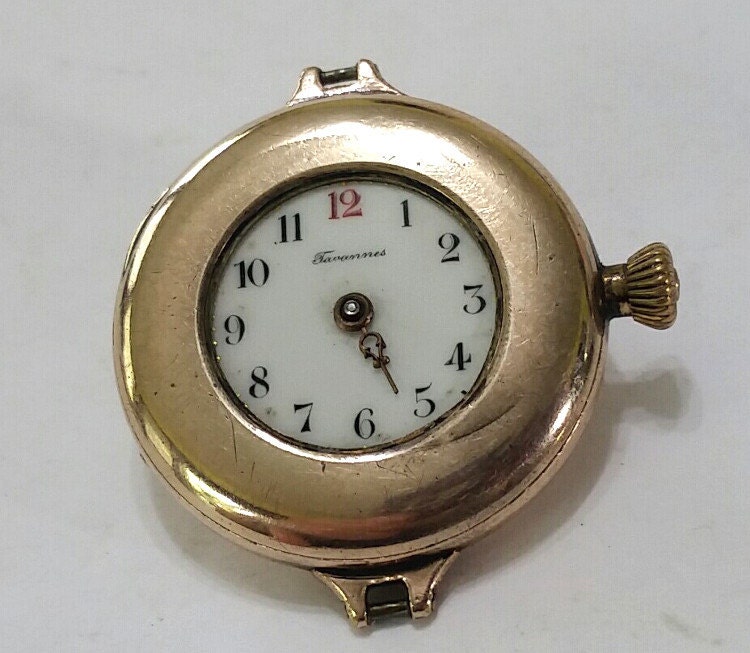
(2) It must be non-magnetic for under water the submarine is driven by electricity, and in such a limited space watches made of magnetic materials are necessarily affected. (1) It must be water-tight for even when a submarine is on the surface the deck is always more or less awash. It was explained that it must fulfil certain conditions. Two submarine commanders approached a certain firm, and asked them to consider the construction of a special watch suitable for their work. With the advent of war a great demand arose for a watch that would stand the hard wear incidental to 'service' use, and it is claimed that the demand has now been adequately met. To obviate this the case was next made in one piece, into which the works were screwed but this device was found to have certain disadvantages.


But such a watch worn on the wrist was so open to dust, and so much exposed to the effects of the weather, that it quickly became dirty. This was soon improved by soldering to the sides 'knuckles' or loops, through which the strap was passed. The first wristlet watch was naturally a small pocket watch fitted into a leather holder and strapped on the wrist.

In the latter category may be included the wristlet watch, little used by the sterner sex before the war, but now to be seen on the wrist of nearly every man in uniform and of many men in civilian attire. The war has led not only to new inventions, but to the development and improvement of things previously known.


 0 kommentar(er)
0 kommentar(er)
